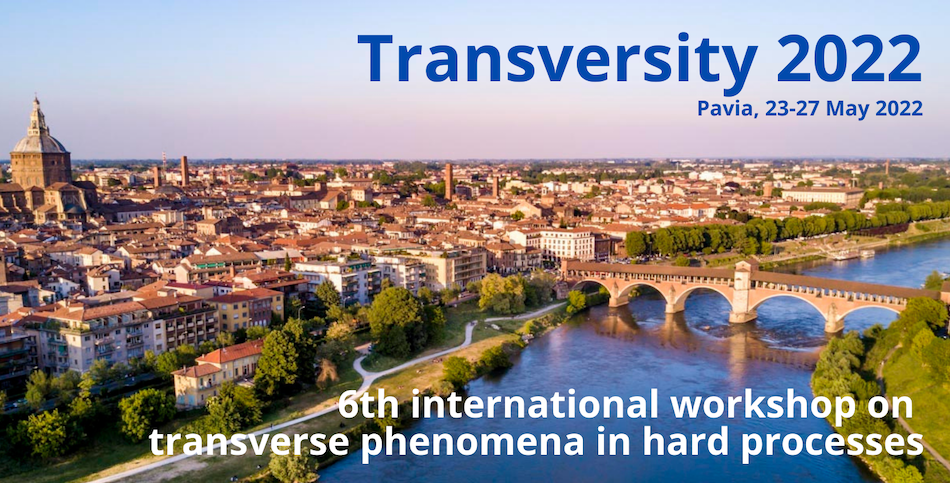Speaker
Description
A key step towards a better understanding of the nucleon structure is the study of Generalized Parton Distributions (GPDs). GPDs are nowadays the object of an intense effort of research since they convey an image of the nucleon structure where the longitudinal momentum and the transverse spatial position of the partons inside the nucleon are correlated. Moreover, GPDs give access to the contribution of the orbital momentum of the quarks to the nucleon spin, improtant to the understanding of the origins of the nucleon spin.
Deeply Virtual Compton scattering (DVCS), the electroproduction of a real photon off the nucleon at the quark level, is the golden process directly interpretable in terms of GPDs of the nucleon. Depending on different arrangements of the target and beam polarizations, different DVCS observable can be measured: cross sections, target- or beam-spin asymmetries, etc... . Each measured observable provides different sensitivity to the various GPDs, and considering both the target nucleons, proton or neutron, the quark-flavour separation of GPDs can be exploited. GPDs can also be accessed in other exclusive leptoproduction reactions, such as Timelike Compton Scattering, Double DVCS (final state photon is also virtual), or the exclusive electroproduction of mesons.
This talk is intended to provide an overview on recent GPD-related experimental results obtained at Jefferson Lab. These data open the way to a “tomographic” representation of the structure of the nucleon, allowing the extraction of transverse space densities of the quarks at fixed longitudinal momentum, as well as providing an insight on the distribution of forces inside the nucleon.

